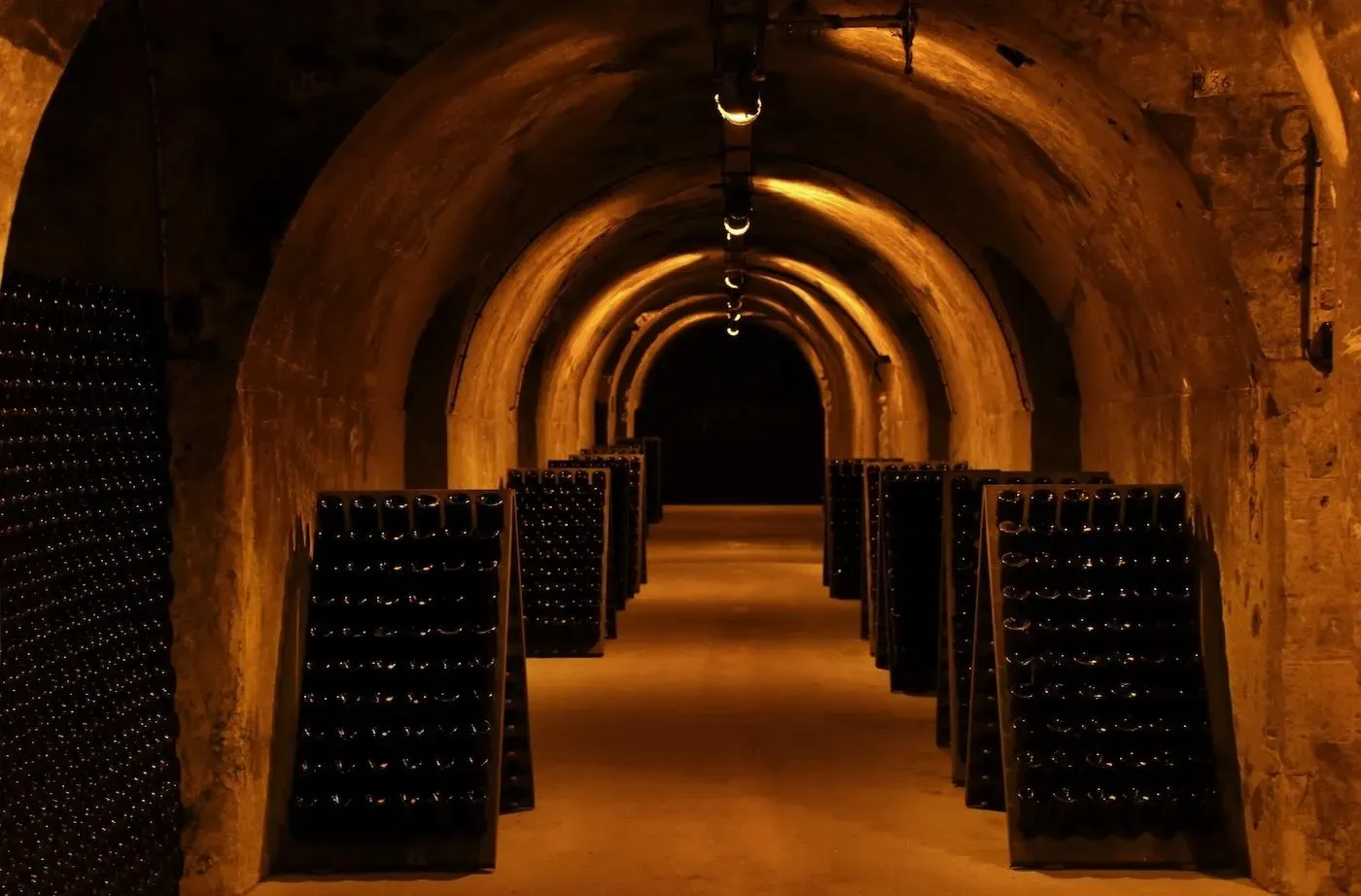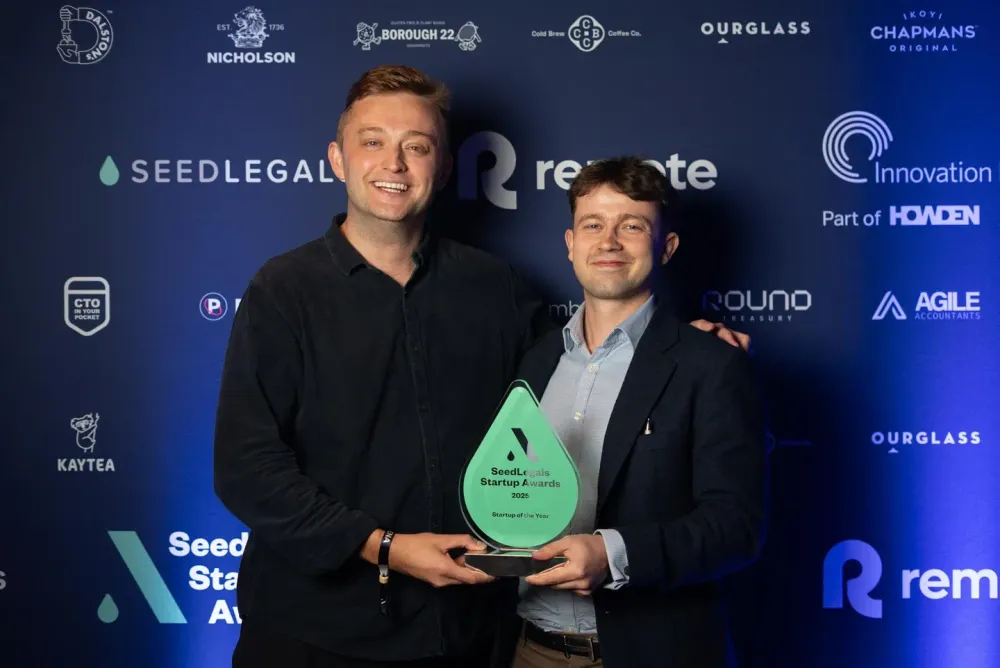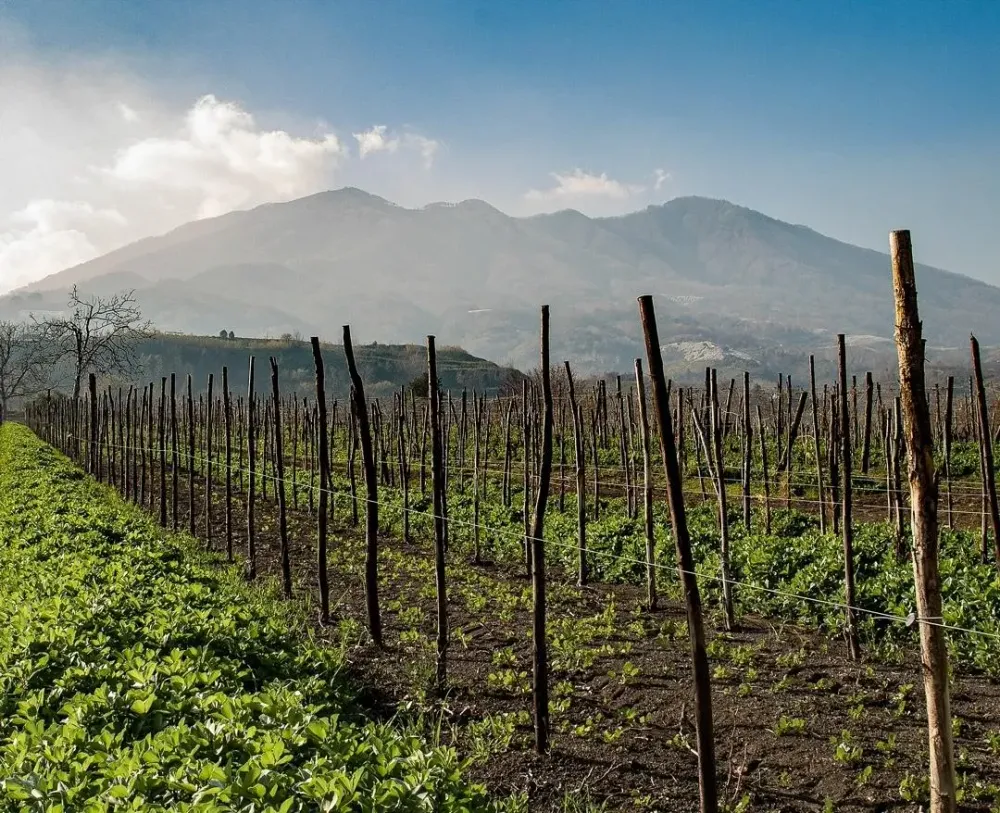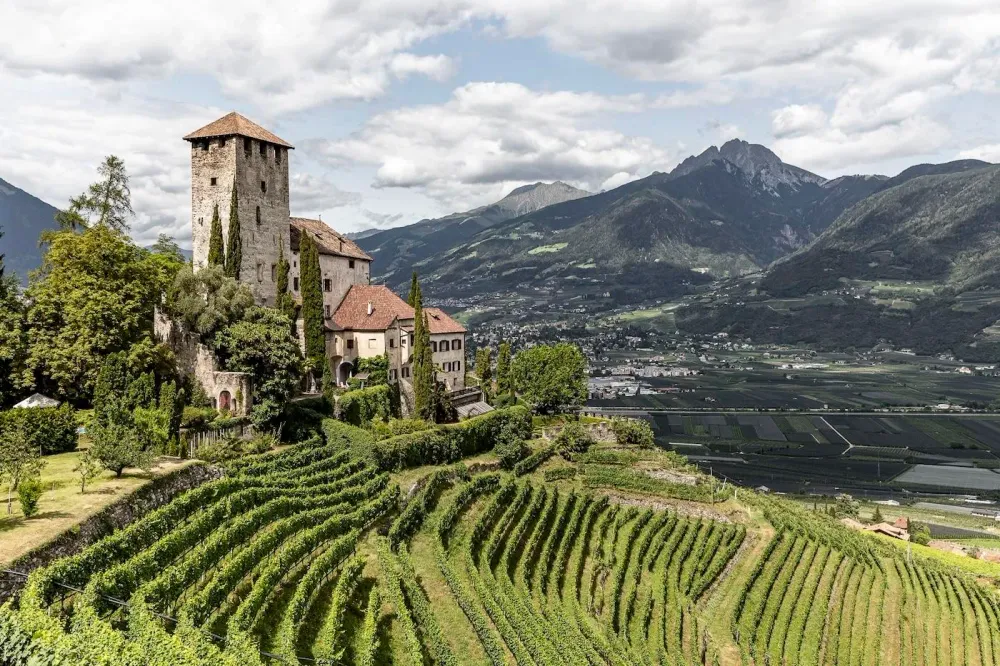Elegance By Design: How The Taittinger Family Crafts Champagne
Paul Caputo looks at how family-owned Champagne Taittinger uses precision viticulture and centuries of blending expertise to produce Chardonnay driven wines that are admired around the world.

In Champagne, virtually every house claims to maintain the delicate balance between tradition and evolution. It’s a well peddled cliché, but, ultimately that’s the game - showcase your past without looking old, stuffy and out of touch. Spread your fizz around the world and pop up in all the right places. Champagne Taittinger too have it all figured out. Internationally aspirational with a presence in all the major markets, the house is revered for both its great value cuvées, and its prestigious Blanc de Blancs ‘Comtes de Champagne’ - one of the world’s best sparkling wines.
Family owned and protective of its traditions, the company thrives off nearly 300 years of winemaking history. There is far more to it than that of course. Underpinning the brand is a meticulous attention to detail, exemplified best through the art of blending. Taittinger’s flagship Brut wine, ‘La Française’, is a carefully composed non-vintage blend (or should we say multi vintage?) drawn from three different grapes cultivated across more than 35 Cru vineyard sites. By contrast, ‘Comtes de Champagne’ is made exclusively from Chardonnay, but blended from the company’s best sites. Together, they exemplify the precision and poise for which the house is known, a poise that can only be achieved through blending (vintages, grapes, vineyards), or what they call in Reims and Epernay, assemblage.
Here, blending is not all pragmatic technique, it is the orchestration of site, variety, and time into a single coherent voice. At Taittinger that voice is guided by Chardonnay, the grape Vitalie Taittinger describes as “the soul of our style - elegant, precise, and full of finesse.” Yet the region’s other grapes play essential roles: Pinot Noir brings backbone and red-fruit complexity, while Pinot Meunier rounds out the blend with supple texture and aromatic lift. As Clovis Taittinger notes, “We have always favored a Chardonnay-dominant style. It’s a deliberate choice that reflects our view of what makes a Champagne elegant and age-worthy.” Each grape is selected for what it can contribute to the final balance, but the profile is always guided by the inherent belief in the superiority of Chardonnay.

italie and her brother Clovis Taittinger are the latest generation to lead the company. Established in 1734 as Champagne Forest-Fourneaux, the house was bought in 1932 by Pierre Taittinger, marking the beginning of the family’s global reputation for elegant Champagnes. In 2005, the Taittinger Group, which at the time also included luxury hotels and other businesses, was sold to the U.S. investment firm Starwood Capital. Led by Pierre-Emmanuel Taittinger, the family initiated a project to reclaim control of the wine business. Within a year they succeeded and backed by the French bank Crédit Agricole, the family repurchased the Champagne house and its historic cellars, restoring Taittinger to family hands.
Today the estate’s holdings and grower relationships span the Côte des Blancs, Vallée de la Marne, and Montagne de Reims - each producing fruit with different characteristics. Villages like Chouilly bring ripe orchard fruit; Avize delivers mineral tension; Mesnil-sur-Oger contributes steely acidity and length. These are not generally interchangeable pieces, but essential components of a wider picture. With 288 hectares under vine, Taittinger is one of the largest domaine holders in Champagne. Yet, size alone means little without the technical understanding of how each site fits precisely into the puzzle.
For the Brut La Française, fruit from more than 35 villages is selected to construct a wine of impressive consistency. More than six million bottles a year of this are released and consumers expect one bottle to taste the same as the next. How is that possible? Typically composed of 40% Chardonnay, 35% Pinot Noir, and 25% Meunier, the aim of this blend is balance: delicacy without brittleness, complexity without excess. As Alexandre Ponnavoy, Taittinger’s Chef de Cave, notes, “We taste hundreds of vins clairs each year to make sure each element, no matter how small, fits the whole.”

At the other end of the spectrum lies Comtes de Champagne Blanc de Blancs, made exclusively from Chardonnay grown in five Grand Cru villages of the Côte des Blancs: Avize, Cramant, Chouilly, Oger, and Mesnil-sur-Oger. Here, the message of place is unfiltered. “Each site gives a different energy” Ponnavoy says. “Cramant is creamy and floral; Mesnil is sharp and saline; Chouilly adds generosity. We select only the fine first-press juice. Nothing else makes it into Comtes.”
Taittinger’s approach to the three classic Champagne grapes is architectural in nature. Chardonnay accounts for 37% of the estate’s plantings and drives the house style across the range. Pinot Noir, mostly grown in the Montagne de Reims, contributes structure and spice. Meunier, sourced largely from the Vallée de la Marne, softens and expands the palate. Yet even in blends like Les Folies de la Marquetterie - produced from a single vineyard with a majority of Pinot Noir - the wine is constructed to ensure that Chardonnay’s character subtly dominates. As Clovis Taittinger puts it, “Each grape is selected for what it contributes to the final shape. Chardonnay gives lift and clarity. It’s the line that defines our wines.”

Author

Wine writer, merchant, entrepreneur and creative strategist. I love sharing my passion for wine with the world.
Sign up for Paul Caputo newsletters.
Stay up to date with curated collection of our top stories.



